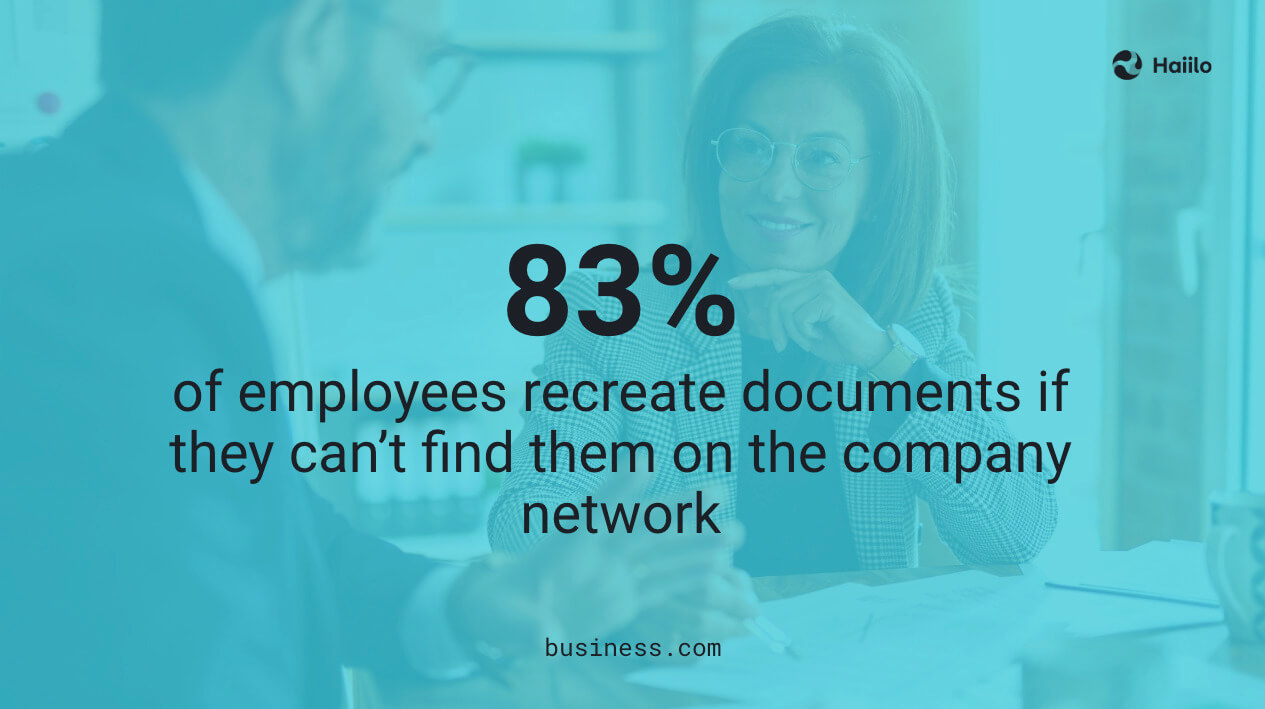Making your workplace more connected is a prerequisite for ensuring the best possible employee experience. Hybrid and remote workplaces have been struggling to connect their people, tools, and information into a single platform.
Many are yet to find ways to build and nurture integrated workplace environments in which employees can strive and do their best.
According to research, 40% of people say that they feel isolated at work, resulting in lower organizational commitment and engagement.

Furthermore, with the increase of information and app overload in organizations, making workplaces more connected has become imperative for employers across the globe.
Essentially, a connected workplace requires building engaging employee communities, a recently introduced term we have defined in our recent blog as:
“a virtual social-media-like place where employees come together to connect, communicate, and collaborate with each other. It serves as a single hub for employees to access information, share knowledge, ask questions, provide feedback, find documents, and collaborate with peers. It streamlines internal communications, strengthens relationships between employees, and provides quick access to the resources they need.”
In this blog, we will explain what a connected workplace really means, why it is important to build a more connected workplace, as well as best practices for doing so.
What Is a Connected Workplace
Connected workplace is a term used to describe a workplace where people, tools, documents, and information are all integrated into a single social platform.
Such integrated workplaces have successfully built a single source of truth for every employee, improving productivity and increasing business continuity and resilience.
People
Remote, hybrid, and frontline workplaces need to make sure that their employees can easily communicate and collaborate with each other, regardless of their locations.
Regardless of which communications platform they use, remote employees should have an easy way to connect with their peers.
Employers that deal with frontline and blue-collar employees need to be able to easily reach their people with timely and relevant information.
According to research, employees now spend about 50% more time engaged in collaborative work. Unfortunately, poor team collaboration is one of the top reasons for why projects fail.
Tools
From intranets to instant messaging platforms, document-sharing tools, project management software, and various employee experience solutions, modern workplaces use dozens of other workplace technologies.
Constant app switching is, in fact, becoming a big source of frustration for many workers.
In order to get the most out of these platforms, it is important that the information among them flows seamlessly. Otherwise, the tech stack becomes more of a productivity blocker rather than a productivity booster.
Documents
Proper document management practices enable employees to find important documents in seconds. However, documents being stored in various locations can make this process frustrating and counter-productive.
According to research, over 21% of employees’ productivity is going for a toss on an everyday basis just because of poor document management on a company level. Furthermore, 83% of employees recreate documents if they can’t find them on the company network.

No matter which document management solutions your organizations use, critical company resources should be available from a single, centralized hub. Most organizations use modern social intranets to consolidate all the company documents and information into a single source of truth.
Information
Besides documents, your company may have regular company news, events, and updates that employees need to be aware of. When such information is dispersed across multiple communication channels, it may be hard to ensure visibility and reach.
According to a McKinsey report, employees spend 1.8 hours every day—9.3 hours per week, on average—searching and gathering information.
So an important characteristic of a well-connected workplace is proper information management and knowledge sharing.
Connect your people, tools, and information with Haiilo!
The Benefits of a Connected Workplace
Connected workplaces have many benefits, and we will cover them all in the following section.
Easier team collaboration
Organizational silos is one of the most common characteristics of disconnected workplaces. According to PwC survey, 55% of organizations work in silos and are fighting the negative sides of it every day.
When workplaces are connected, silos get broken and teams from different departments are able to collaborate more efficiently without any knowledge and information gaps.
Better employee engagement and productivity
Gallup research found that 30% of employees say they have a best friend at work. That percentage of workers is reportedly seven times as likely to be engaged with their jobs and produce higher-quality work.
Furthermore, disconnected workplaces deal with information and app overload on a daily basis. When employees receive irrelevant information from various internal communication channels, they waste hours every week trying to filter through this information and find what matters to them.
On the other hand, when IC departments have the ability to segment their audiences and distribute content via the right channels, they help employees stay productive and engage with the company’s content.
Similarly, when workplace apps are not well integrated, app-switching can be the biggest productivity killer.
Asana’s Anatomy of Work Index 2021 found that, with excessive app switching:
- 27% of messages and actions are missed
- 26% of individuals are less efficient
- 24% of work is duplicated
The same research found that knowledge workers switch between 10 apps 25 times per day.
📹 Check out our Masterclass: Strategies for Driving Employee Engagement in the Workplace
More organizational alignment
Connected workplaces are much better at streamlining their process and achieving better organizational alignment. When people are connected, critical information is much more likely to reach them, and people tend to have a better understanding of the company’s mission, vision, and goals.
Unfortunately, IBM found that 72% of employees don’t have a full understanding of their company’s strategy and what it takes to get there. In most cases, poor internal communication is the main culprit here, and it is the consequence of people, tools, and information being completely disconnected.
Lower employee turnover
One of the most concerning negative sides of remote work and disconnected workplaces is loneliness. Consequently, employees feel more lonely than ever, and lonely employees are 2 times more likely to quit their jobs.
Also, within connected workplaces, it’s much easier to form strong bonds and relationships. A study conducted by Workforce found that 62% of employees who had 1 to 5 close friends at work said they would reject another job offer. That number increases to 70% for employees who have 6 to 25 close work friends.
Furthermore, 54% of employees say a strong sense of community (great coworkers, celebrating milestones, a common mission) kept them at a company longer than was in their best interest.

Improved workplace accessibility and improved workplace safety
Connected workplaces play an important role in improving digital workplace accessibility. Digital workplace accessibility means that information and communication technology are accessible to all and compatible with assistive technology devices.
Accessibility has been an important DEI topic nowadays and is critical for companies dealing with employees without a designated working space.
When workplaces are connected, frontline and blue-collar employees have the same access to people, tools, and information as office employees do. They can easily reach their colleagues and find critical information in no time.
Such workplaces, naturally, see much fewer workplace-related incidents and injuries. These employees, who highly depend on mobile devices, will always get a prompt warning about potentially hazardous situations.
Unfortunately, the reality is not so bright. According to one study, over 83% of frontline workers don’t even have a corporate email address, and 45% don’t even have access to the company intranet when at work.
So when choosing your workplace technology, make sure that it addresses the needs of every employee, including those without a designated working space.
How to Make Your Workplace More Connected
Proper workplace technology is the number one prerequisite for making workplaces more connected and engaged. In our recent interview with Forrester, one of their analysts explained:

One survey found that nearly 83% of professionals depend on technology to collaborate and stay connected. 82% of the participants felt that they would feel impacted if this technology to collaborate was lost.
Naturally, Gartner found that with the right collaboration technology, hybrid teams were 70% more likely to be agile, 66% more likely to feel comfortable in their role, and 67% also agreed their team was skilled at working asynchronously.
So when choosing your workplace technology to improve your employees’ digital experience, make sure that enables better workplace communications, improves team collaboration, and provides seamless access to information.
While implementing new solutions is necessary for improving business operations, ensuring that this technology connects people, tools, and information is critical.
Social employee intranets are, therefore, considered the ultimate platforms for making organizations more connected. The most advanced solutions are designed to create dialogues between people, aggregate critical information in a single source of truth, and integrate various tools so that app-switching stops being a major productivity killer.
Furthermore, with intranets, multichannel workplace communication becomes more simple, more intuitive, and more accessible to every employee.










